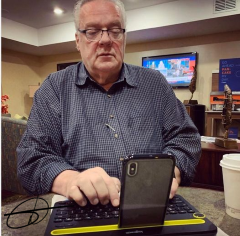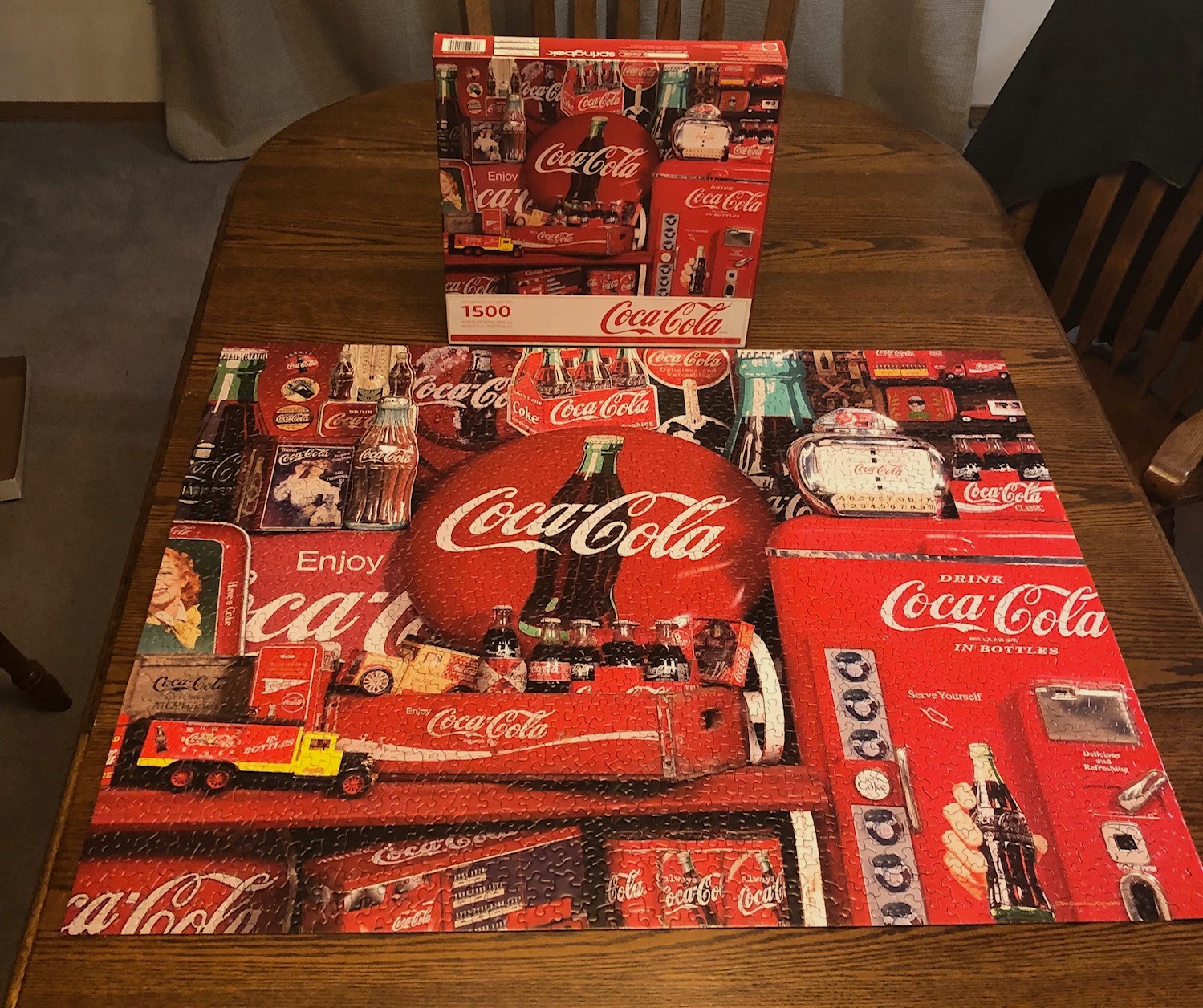For decades, I have been a proponent of making lists…
To do, tasks, planning, arranging, re-arranging, and noting all the little things that might slip through the cracks.
I propose this is an important way of documenting all the things you think are necessary, holding onto them until you know whether you need to handle them, or not. Then, finalizing a check-list to hold you accountable through the process.
Success, for me, comes from knowing and handling all the little pieces and understanding how they fit into the picture. Even the most
It’s like organizing a puzzle before assembling it together!
Growing Up
Growing up, puzzles were an important past time. From Grandparents all the way down through grandkids. We assembled puzzles at family gatherings. Not continually, mind you, but a table normally included a partially completed puzzle and we all stopped and looked for the perfect piece to fill in that missing hole. Sometimes rejoicing as we returned to whatever else we thought important! There… Found a piece. Done! What’s next?!!!?
Success, for me, comes from knowing and handling all the little pieces, understanding how they fit into the big picture. Even the most minuscule piece is important to me. Click To TweetOne important distinction…
Puzzles were often viewed as an “adult activity” because kids seldom had the long term focus on enjoying the process as well as the completed project! That’s why a kid can rejoice over one piece solved and walk away, no, run away, to some other kid friendly task!
The smart thing to realize, a puzzle is NEVER finished until all pieces are handled. I’ve handled some of the most oddball pieces that ended up being the key to an entire section of the puzzle! Don’t dare lose a piece! Otherwise, the puzzle is incomplete and, if you are like me, you think – Why did I waste my time? I could never complete it!
The bigger the puzzle, the more fun time spent! The more complex the image, the weirder the search for matching pieces. To celebrate the completed image successfully, all pieces must be in place, else you have a distorted and incomplete product.
“The art of simplicity is a puzzle of complexity.” (Source)
~Douglas Horton
Here’s My Thought Today
There’s nothing like using a puzzle analogy to consider the life we live, the minuscule items that slip out of our attention span, and the disorganized approach we often take to making life successful!
Sometimes not every puzzle has all the pieces available. They may be hidden by other pieces or masked by an irregular design that looks like it could not possibly fit at this time.
I find it amazing to realize that people go through life without a moment spent preparing for the puzzle before them.
Life is a puzzle.
All the pieces will show up at the correct time, and you may not even realize the answer you are holding in your hands!
This Morning
This morning, I was thinking about Peter this morning. Jesus was questioning his followers. Who do people say I am? Varied answers were provided. Rumors, guesses, or even the talk around the water cooler. Then Jesus asked them whom did they think he was.
Quietness. Did you hear that pin drop?!!? Quickly! Find it! It’s there in the pile of hay… Anyone know? Someone, speak up!
Suddenly, Peter spoke it aloud the internal thought of his mind as he puzzled out who Jesus was to him. To others. To life.
“And Simon Peter answered and said,
Thou art the Christ, the Son of the living God.”
Matthew 16:16 (KJV)
I can almost hear him say, “Voila! Eureka! Yikes! You are the one we’ve been waiting for!”
Can you imagine like this… I found a piece of the puzzle, and suddenly everything makes sense!
Managing The Puzzle
Regardless, the organization of the puzzle is the key. How do you manage your puzzle? First you must reveal everything. Nothing stays secret. Dump out the puzzle on the table and start by turning every piece right side up!
- Find the outer edges and set them aside. (Identify your boundaries)
- Look for the corners to know the orientation. (Orient your focus)
- Focus on the boundaries before focusing on the middle. (Define your parameters)
- Build similar designs pieces together because they will probably fit together. (Similar tasks can be worked together)
- Focus on keeping the smallest pieces handy for that odd place that you need them. (Little tasks matter)
- Understand the outcome and work smarter, not harder. (Know where you are going and the best way to get there)
- Share the load! We each have a differing viewpoint as we circle the table. (Good partnership is important)
- Rejoice in a piece found, no matter who is the locator. (Celebration)
- Think, talk, laugh, rejoice together…and when you get tired then step away for a while. (Camaraderie, fun, friendship)
- Step away for break time! (Downtime is refreshing time)
- Leave the completed project alone for a while before putting it back in the box… (Rest on the success to recognize the completion)
- Feel proud of the accomplishment. (Done! What’s next?)
Feel free to download this list here:
Now. Take these baker dozen points. Consider the flow of your life. You cannot do what you want to do without asking some very important questions, digging for answers, and be willing to understand what needs to change and what needs to be your focus.
What are the loose ends and how do they need to be arranged?
What are your goals and objectives?
Where’s your task list?
Can you handle the littlest as well as the largest task?
Have you factored the table surface you will need for the finished project?
Some puzzles are very difficult….but all puzzles can be accomplished with enough time and planning! Let’s get busy!

